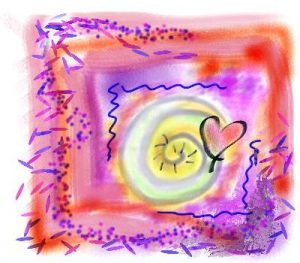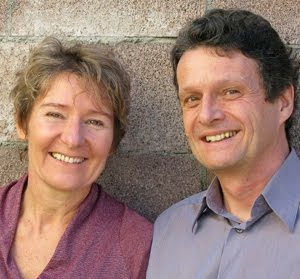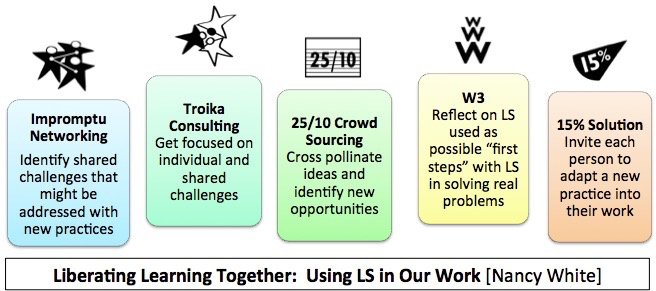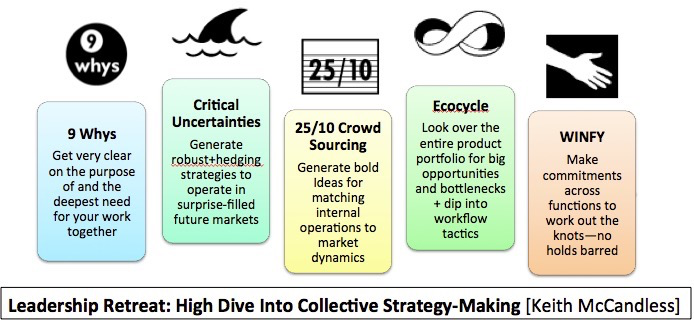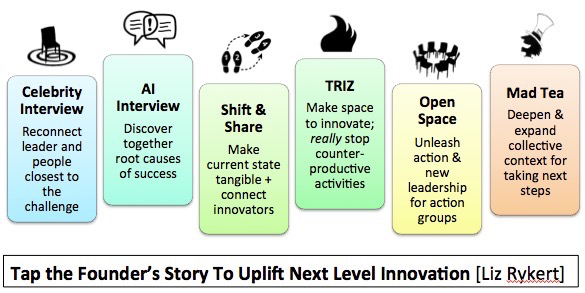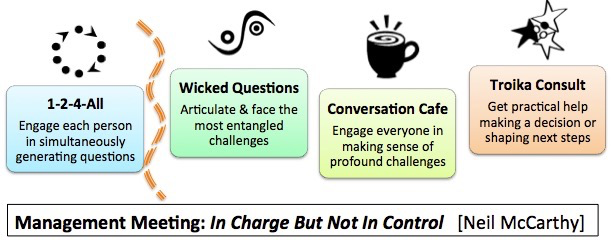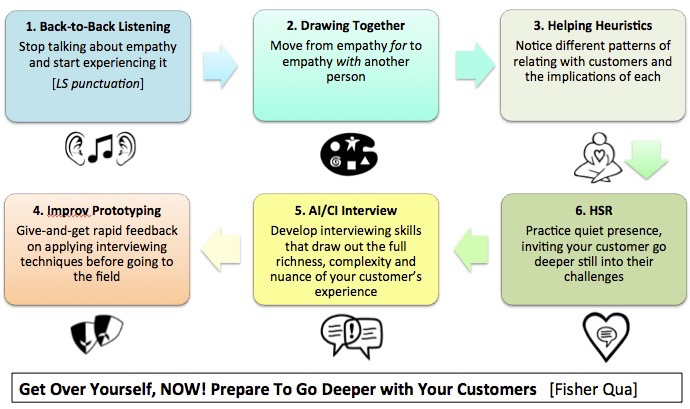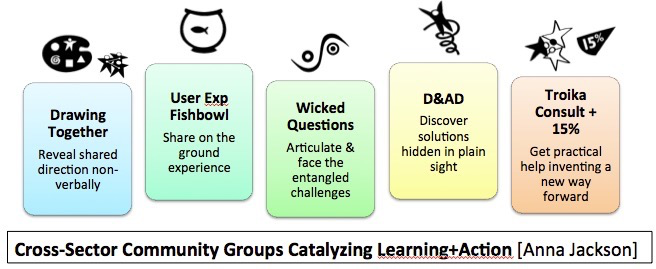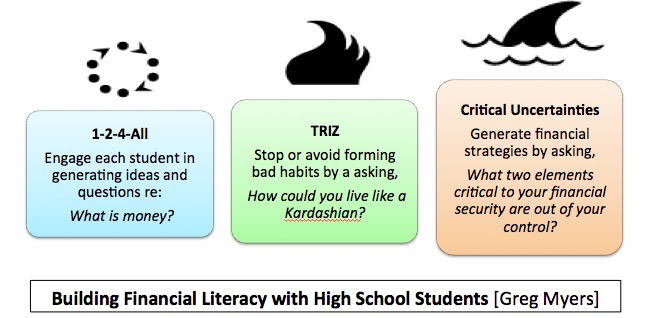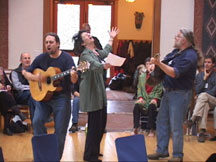 Back in 2006 I was a participant in a remarkable gathering called the Evolutionary Salon. It was an intense soup of ideas, feelings and energy. In these contexts a lot of that can overwhelm me. Luckily, I was not alone. Chris Corrigan and Kenoli Oleari and I were doing a little music jamming and a response to all that energy was born. We called it Euphoric Bullshit, a gentle jab at our own sense of self importance. Originally it was just for us, but our four fearless hosts decided it might help shift the energy on the third and final day.
Back in 2006 I was a participant in a remarkable gathering called the Evolutionary Salon. It was an intense soup of ideas, feelings and energy. In these contexts a lot of that can overwhelm me. Luckily, I was not alone. Chris Corrigan and Kenoli Oleari and I were doing a little music jamming and a response to all that energy was born. We called it Euphoric Bullshit, a gentle jab at our own sense of self importance. Originally it was just for us, but our four fearless hosts decided it might help shift the energy on the third and final day.
Ashley Cooper (who, by the way has restarted her coaching practice if you are thinking about getting a coach), reminded me of all this with a link back to the debrief the PoP facilitators did. All of a sudden I vividly remember the moment (and almost the tune!)
I have always found that gentle humor, music, visual arts and dance can open up different channels of connection, communication and meaning making. So literally we can sing our way into better work together. (Speaking of singing, if you haven’t seen this, take a peek.) I need to make sure I keep weaving them in.
Digging around in an old thread in the Open Space email list, I found the lyrics. Um, impolite language warning… but know this was joyously and lovingly sung.
Euphoric Bullshit by Nancy White, Kenoli Oleari and Chris Corrigan and 90 amused muses
We come into the circle with our passions and resolve
We each have a lot of issues that we really want to solve
But we all start a talkin’, and things get out of hand
So take a little breath (breath) and settle down and we’ll ease into the planCHORUS:
Euphoric bullshit is the name of the game
We take the sacred and we make it profane
You can’t come in, unless you bear your pain
Euphoric bullshit is the name of the gameWe’re calling a lot of sessions, with various intents
Some get a little bit impatient as we sit upon the fence
But emergence growing edges will carry us all along
We are but one great voice in the universal songChorus
Instrumental breakNow the time has come for us to go out into the world
And throw our great intentions into the cosmic swirl
Hey you don’t need to worry that these things will come to pass
Because evolution’s arrow will kick you in the ass
Source: Re: open space poetry
